Checkers & Game Rules
ABOUT THE GAME
The fascinating game of Checkers includes three fascinating ways to play: regular checkers, the new Coast-to-Coast race game, and the breath-taking Stack’Em version where jumps result in stacks of checkers.
Capture
Capturing occurs when a piece jumps over an adjacent opponent's piece into an empty spot right behind it. This move, also called a "jump," removes the opponent’s piece from the board.
Double Jump
This term refers to capturing multiple opponent pieces in a single turn. As long as each piece being jumped has an empty square behind it, the capturing piece can continue moving.
King/Promotion
When a single piece reaches the farthest row on the opponent’s side, it gets promoted to a "king." Kings have the unique ability to move diagonally in both forward and backward directions.
Long Jumping
This is an illegal maneuver wherein a player attempts to jump over two pieces consecutively without landing between them. This is not allowed under standard checkers rules.
Draw
A draw happens when the game ends without a winner. This might occur when neither player can force a victory.
Stalemate
Unlike in chess, stalemates do not exist in checkers. If a player cannot make any legal move, they lose, resulting in their opponent’s victory.
Single Checker
A single checker refers to a piece that has not been promoted to king status. Single checkers move forward diagonally one square at a time, except when they are jumping over an opponent's piece.
- Standard Checkers
- Coast to Coast Checkers
- Stack'em Checkers
Chess'n'Boards carry checkers made of wood, marble or camel bone as well as in board combinations or in combinations with other games like Chess and Backgammon.
How to Determine Who Goes First in Checkers?
Deciding who starts a game of checkers can be engaging and fun. Here are some creative and simple methods you can use:
1. Red and Black Disc Method: One player holds one red disc in one hand and one black disc in the other, with their fists closed. The opponent then chooses a fist. The color they reveal is their designated color for the game, with the player holding the black disc going first.
2. Classic Coin Toss: A straightforward approach is to flip a coin. Designate one side of the coin to each player, and whoever wins the toss gets to go first.
3. Rock, Paper, Scissors: This timeless method is quick and fair. Players engage in a round of rock, paper, scissors, and the winner gets the privilege of making the first move in checkers.
4. Odd or Even: Another option is the odd or even game. One player chooses "odd" or "even" and then both players simultaneously reveal a certain number of fingers. If the total number of fingers matches the choice, that player goes first.
Using any of these methods ensures a fair and enjoyable start to your game of checkers.
STANDARD CHECKERS RULES
Object
The object of the game is to be the last player standing. A player wins the game when his opponent can no longer make a move. This happens when all his opponent’s pieces have been captured or when all of his opponent’s pieces are blocked in.
Set up
Each player begins with 12 pieces placed on the game board as shown. The board consists of 64 squares, alternating between 32 black and 32 white squares. Position it so that each player has a white square on the closest right side corner.

How to Play
Black moves first. Players then alternate moves. Moves are allowed only on the black squares; pieces only move diagonally forward toward the opponent. However, Kings, as you’ll see, can also move backwards. A piece may only move one square unless it is making a jump.
Jumping
A piece makes a jump by diagonally leaping over one of the opponent’s pieces and landing on the empty space on the other side (there must be an empty space to land on). Multiple jumps are allowed on a single turn. When a piece is jumped (“captured”), it is removed from the board and is now out of play.
A player must make a jump if one presents itself. This is not an option. You must jump if you can and keep jumping if you have the opportunity. If you have more than one piece that can make a jump, you can decide which one to move on your turn.

Kings
When a piece reaches a space in the row on the opposite side of the board, its player stacks up with extra piece to make it distinct. It is now a King! Kings are more powerful than pieces because they can move diagonally forward and backwards. Kings may combine jumps in several directions–forward and backward–on the same turn.

Winning
A player wins the game when the opponent cannot make a move. Usually, this is because all of the opponent’s pieces have been captured, but sometimes it is because the opponent has no space to move onto (he is “blocked” from moving).
Stalemate
In checkers, stalemates don't exist as they do in chess. The rules stipulate that if a player cannot make a move, they automatically lose the game. This is a significant difference from chess, where a stalemate results in a draw. Therefore, the absence of legal moves in checkers means a win for the opposing player.
Conditions for a Draw in Checkers
A draw in checkers occurs when neither player can secure a win. Here are the conditions under which a game is declared a draw:
-
Insufficient Pieces: Players will usually agree on a draw if each has two or fewer pieces remaining, and no player holds a significant advantage. For example, two kings against two single pieces might still offer a winning chance, preventing a draw.
-
Stalemate Situations: In formal competitions, a draw can also be declared when a certain number of moves are made without any captures or advancements. Typically, if 40 consecutive moves occur without a single capture, the game is considered a draw.
-
Repetitive Moves: Repetition of the same sequence of moves can also lead to a draw. If the same position on the board is reached three times with the same player to move, it can be ruled a draw due to the lack of progress towards a win.
By following these conditions, players ensure that drawn-out games come to a fair and conclusive end.
WINNING STRATEGIES
1. Dominate the Center
Controlling the center of the board is crucial. Focus on moving your pieces toward the central squares, as this gives you more mobility and strategic options. By dominating the center, you can react better to your opponent's moves and set up powerful attacks.
2. Smart Trades
When you're ahead in pieces, trading one of your pieces for one of your opponent's can be a wise move. This strategy simplifies the board and reduces the risk of your opponent making a surprising comeback.
3. Forced Jumps
Making use of forced jumps can turn the game in your favor. Force your opponent into situations where they have no choice but to jump, thereby allowing you to set traps and capture more pieces.
4. Aim for the King Row
Strive to get your pieces to the king row as quickly as possible. Kings provide greater mobility and jumping power, allowing you to control the game more effectively. Being the first to crown a king can significantly increase your chances of winning.
5. Proximity to Opponent
Don't shy away from positioning your pieces near your opponent's. This tactic keeps constant pressure on them and forces mistakes, as they have to make more calculated moves to avoid losing pieces.
6. Build Strong Lines
Forming lines with your pieces can serve as an impenetrable barrier against your opponent’s advances. By creating horizontal or diagonal lines, you bolster your defense and lay the groundwork for offensive opportunities.
Final Thoughts
By applying these strategies, you can enhance your checkers game and increase your chances of winning. Remember, practice makes perfect, and the more you play, the better you'll become at recognizing opportunities and anticipating your opponent's moves. Happy playing!
COAST TO COAST CHECKERS RULES
Equipment
Twelve pieces for each player. Use the black & white side of the game board; the opposite corners (marked with a “crown”) are “home” spaces.
Object of the Game:
To move all twelve of your pieces to the opponent’s home space, promote them to Kings, and then race back to your own home space (a King is removed from the board as soon as it reaches its own home). The first player to get all 12 of his pieces home and off the board wins the game.
Set up
Place your pieces on the spaces shown in the diagram and the board turned “diamond-wise” between both players.

How to play
Black moves first. Players take turns moving one checker per turn. A piece can move one space sideways, forward, or diagonally towards the opposing home space. It CANNOT move backwards towards it own home space. 
What is the best first move in checkers?
When it comes to mastering checkers, your opening move can set the stage for the entire game. For the first player, the optimal opening move is to advance the piece located on the second square from the left in the front row. This piece should move diagonally to the right, landing on the square four spaces ahead.
This strategic move is commonly referred to as the "11-15" move. In checkers notation, pieces are numbered, and this move involves shifting the checker from square 11 to square 15. By doing so, you position your piece aggressively while maintaining a solid defense, creating multiple opportunities for control over the game board.
Jumping
A piece can jump, often many times on a turn, as shown in the diagram above. In this example, the black piece has jumped over six pieces. A piece may jump if desired; it is not required to make a jump. A piece may jump over any other piece – regardless of color–provided an empty space lies opposite. (Pieces are NOT removed after being jumped.) A checker MAY NOT combine a move and jumps on the same turn. It may either move one space, or make one or more jumps.
King me
Once a piece reaches the opponent’s home space, make it distinct by stacking another piece or by other means. It is now a King and can move in any direction. It also receives a free move and immediately moves off of the opponent’s home space (home spaces must always be vacant at the end of a turn). As soon as a King returns to its own home space, it is taken off the board.
Winning
The first player to remove all twelve of his pieces after each reaches his home space is the winner
STACK’EM CHECKERS RULES
Equipment
Twelve pieces for each player. Use the black and white side of the gameboard.
Object
To capture the opponent’s remaining pieces in stacks so he cannot make a move on his turn. (There is also a way to remove captured pieces, as you’ll see.)
Set up
Place the pieces on the black spaces as shown in the diagram.
How to Play
White moves first. Players take turns moving the piece or “stack” on a space. Stacks of checkers form during the course of play and can be of any height. The player whose checker tops a stack controls it; only he may move this stack. Movement is identical to standard checkers. A piece can only move diagonally forward. Kings move diagonally forward or backwards.

- The main difference between regular and Stack’Em checkers is that pieces are not immediately removed from the board when jumped. Rather, a jumped piece goes under the piece that captures it after that piece (along with its stack, if any) jumps onto the space immediately beyond.
- A stack jumps in its entirety. But if a stack is jumped, only the TOP piece in this stack is captured. The remaining pieces in the “jumped” stack stay behind (this rule enables captured pieces to be freed).
- If the captured checker is a King it is demoted (crown lowered) before being placed under the capturing King (and its stack). Only pieces may be buried in stacks.
- Whenever you move a stack onto your King Me row, you REMOVE all the opposing pieces from this stack and place them out of play. This is an important tactic.
WINNING
The winner is the player who has captured all of his opponent’s remaining pieces in stacks he controls, or prevents the opponent’s remaining pieces from moving.


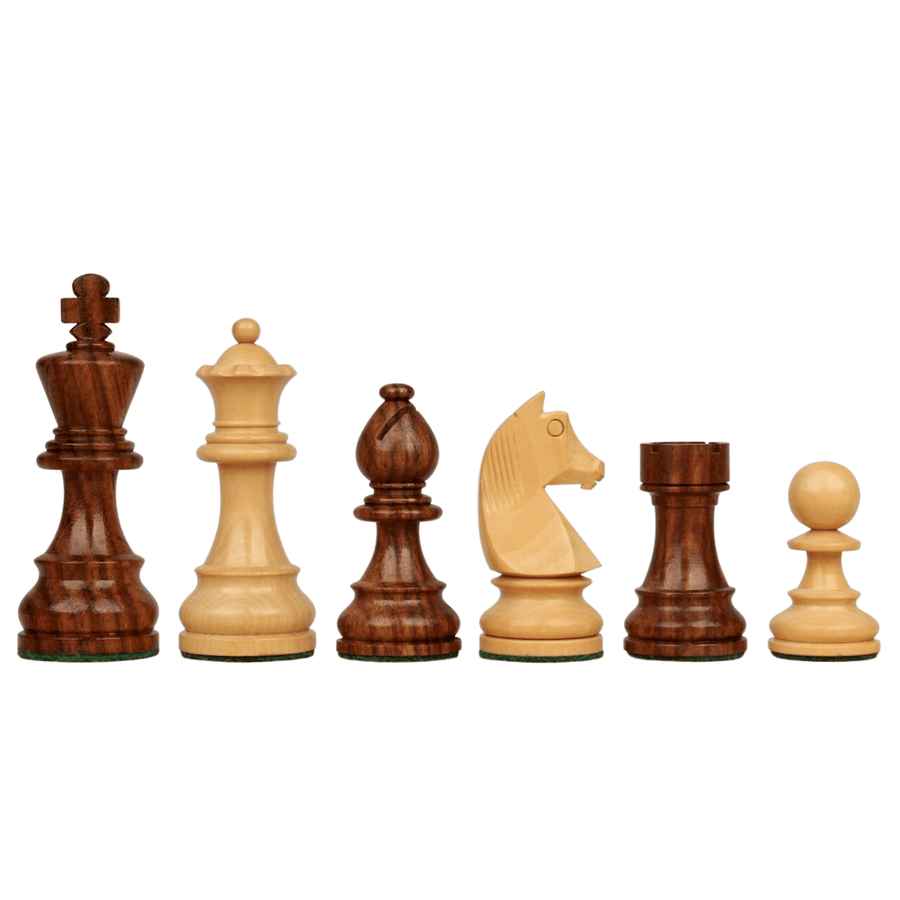
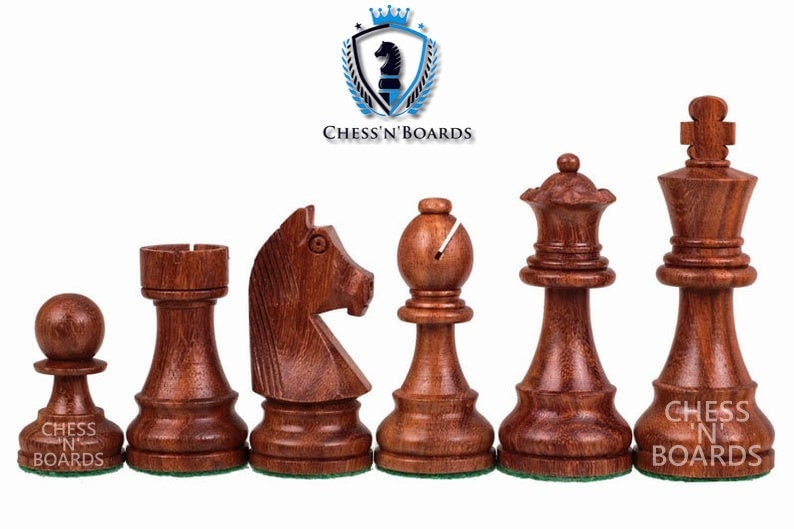
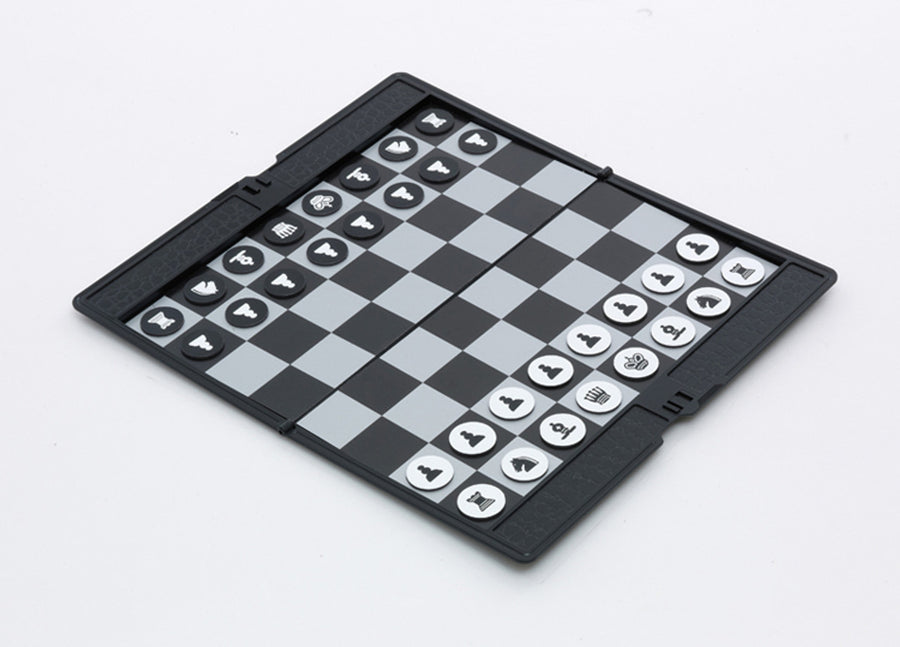
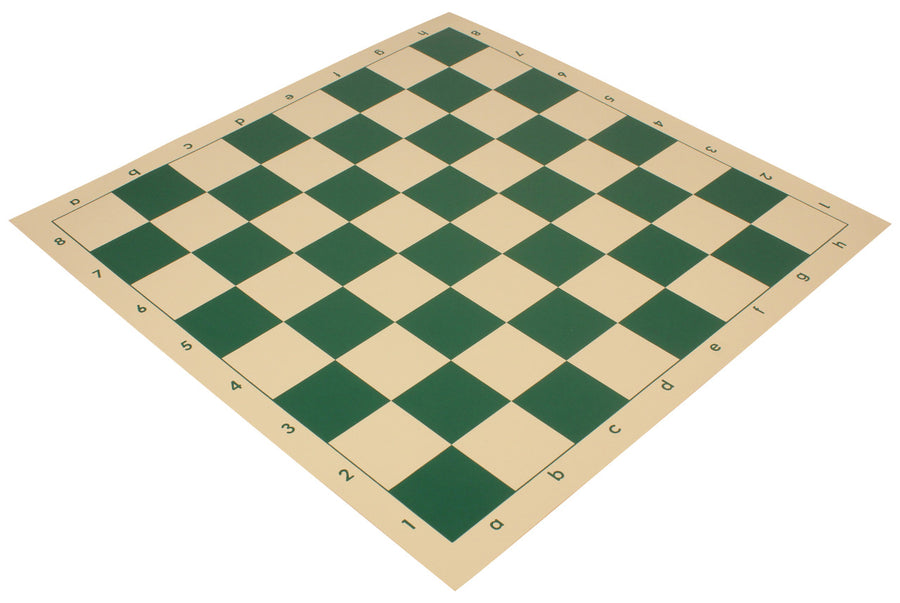
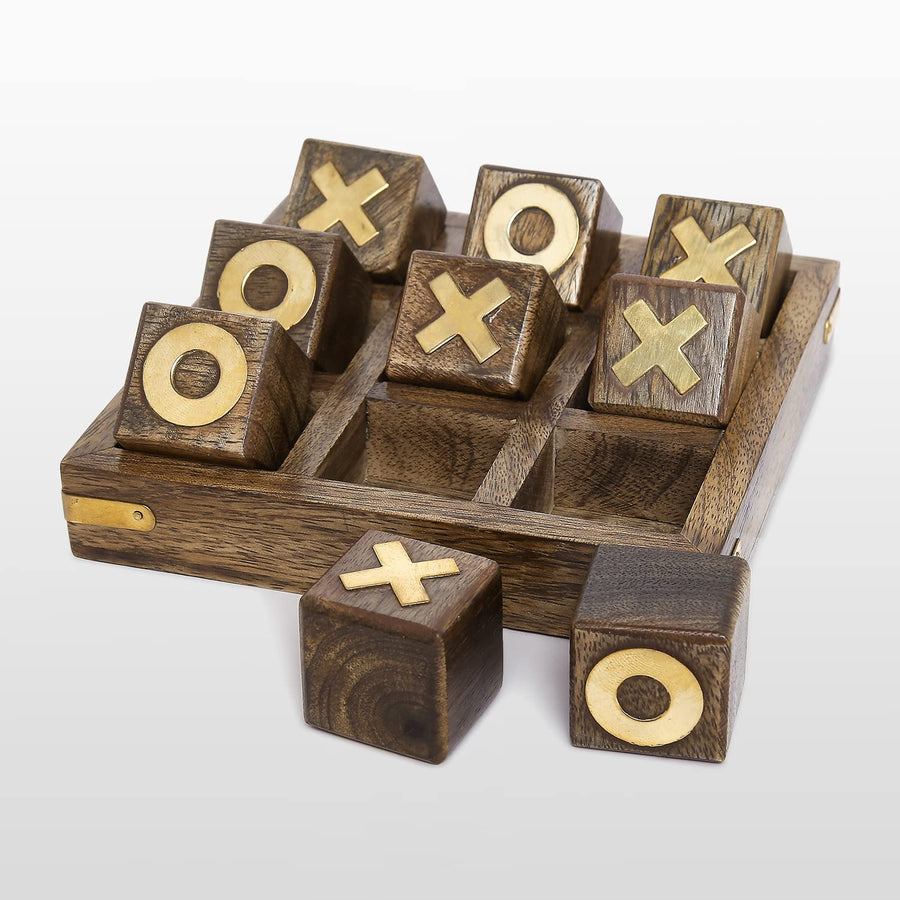
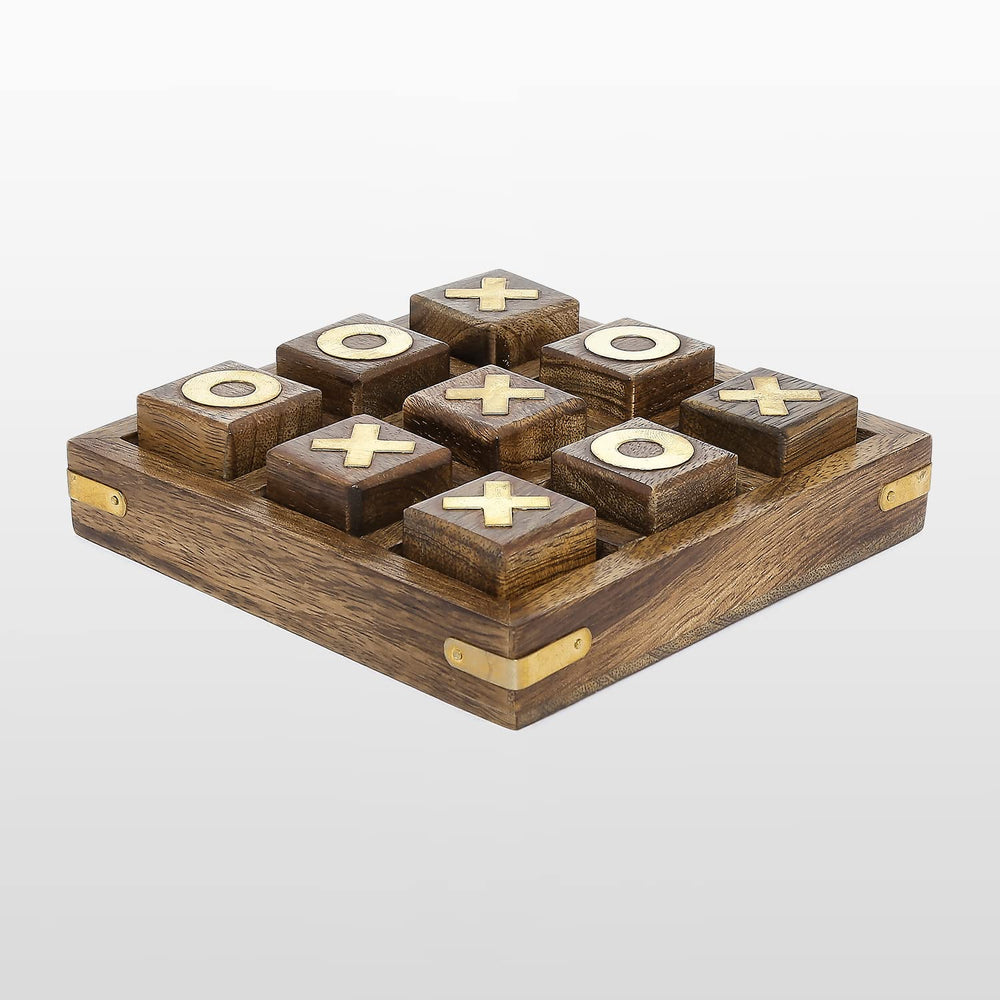
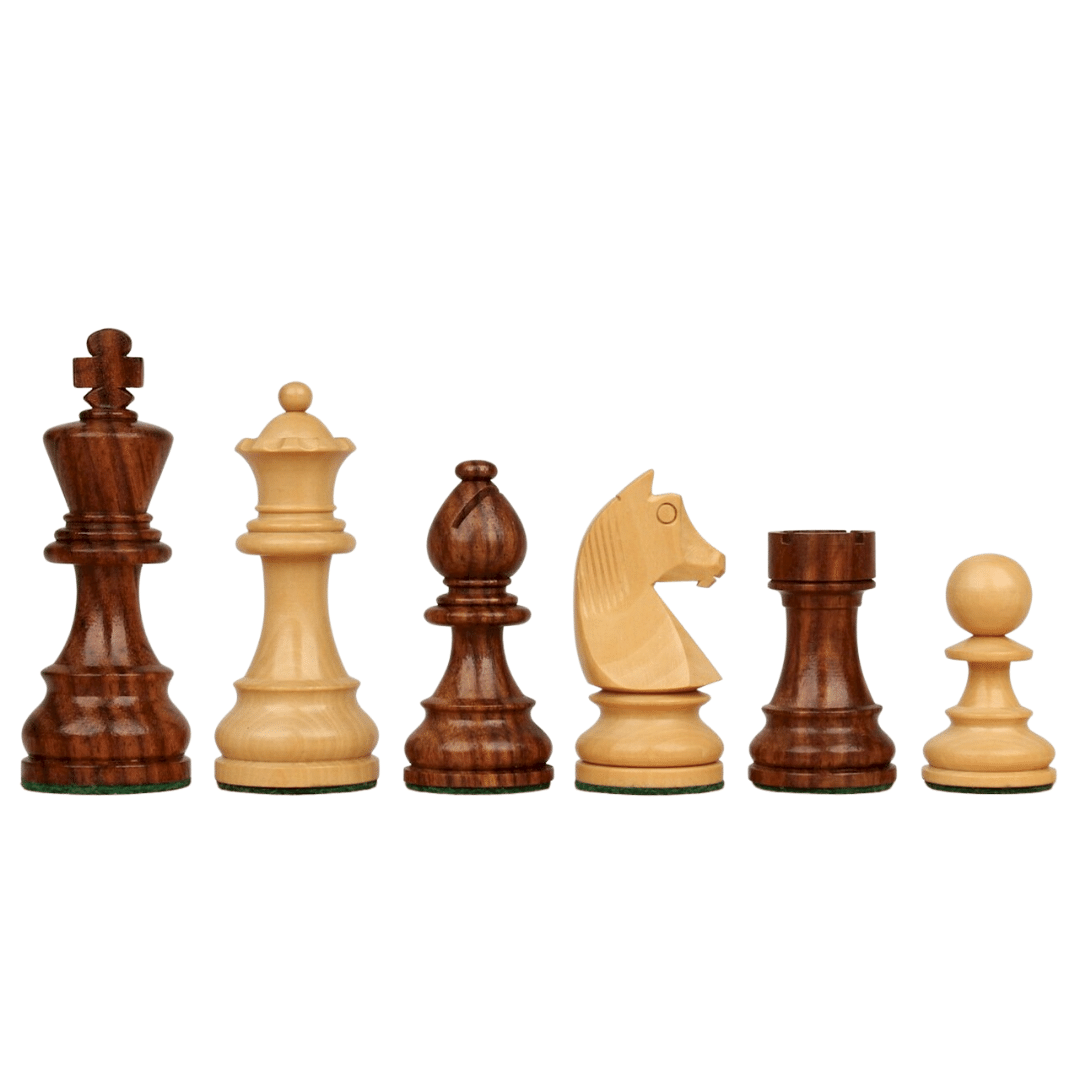
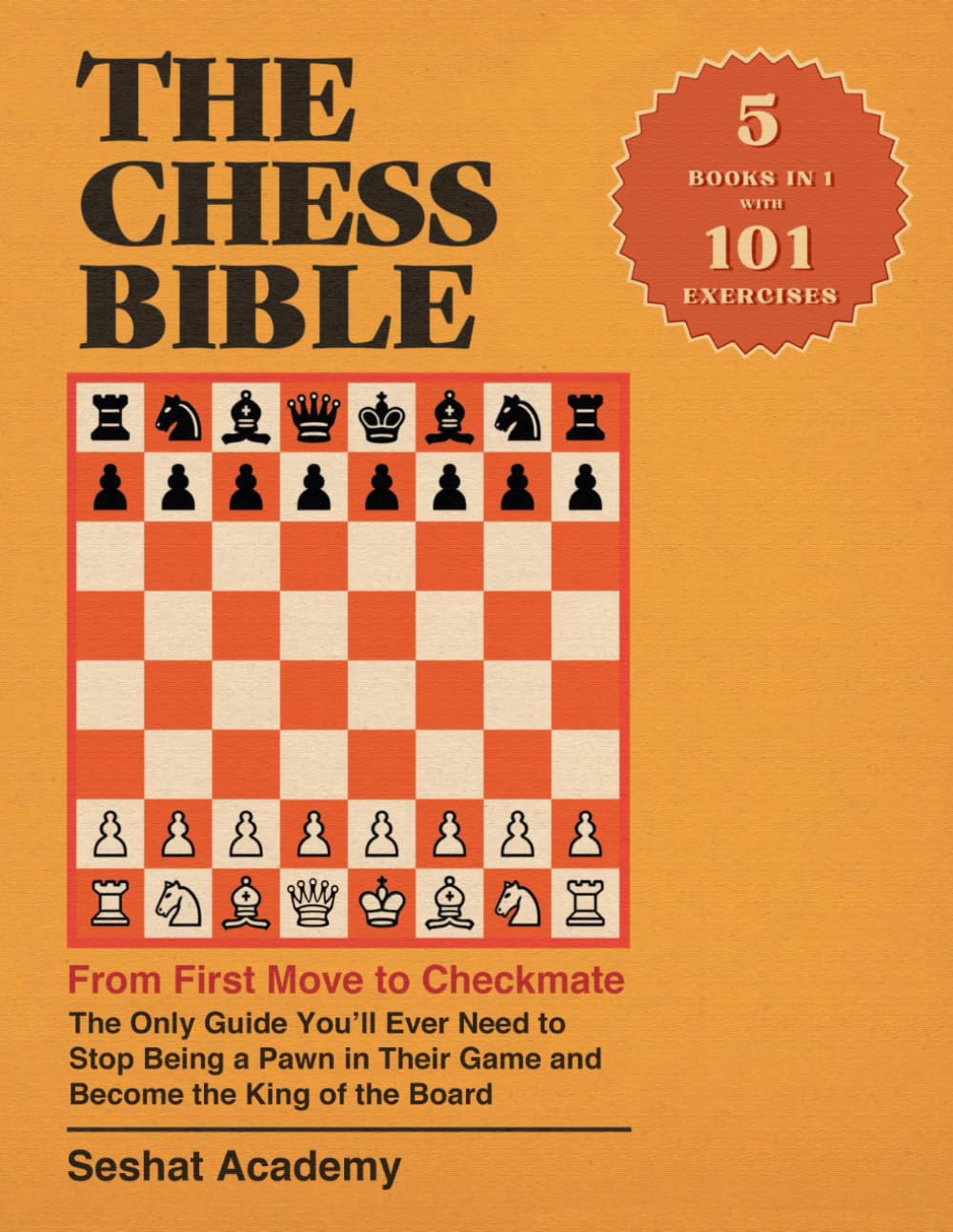
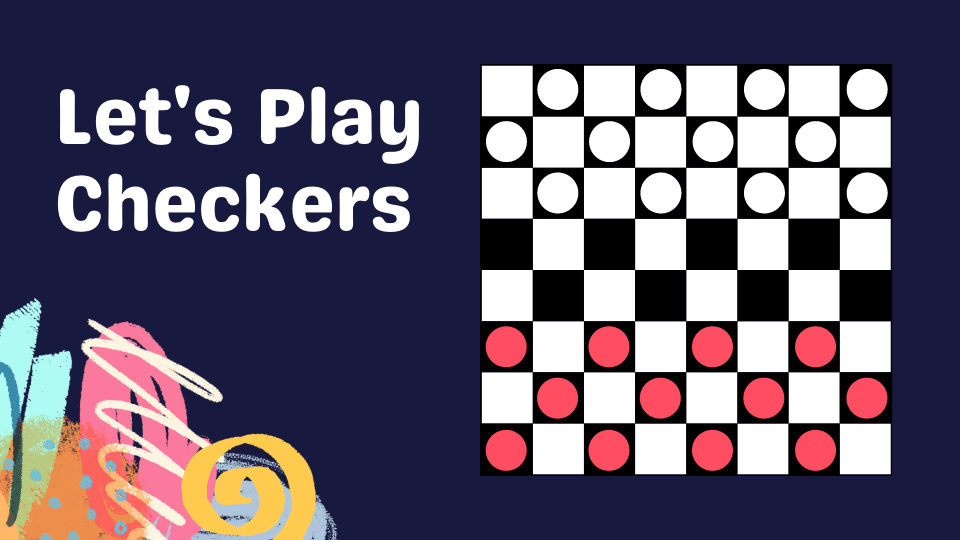
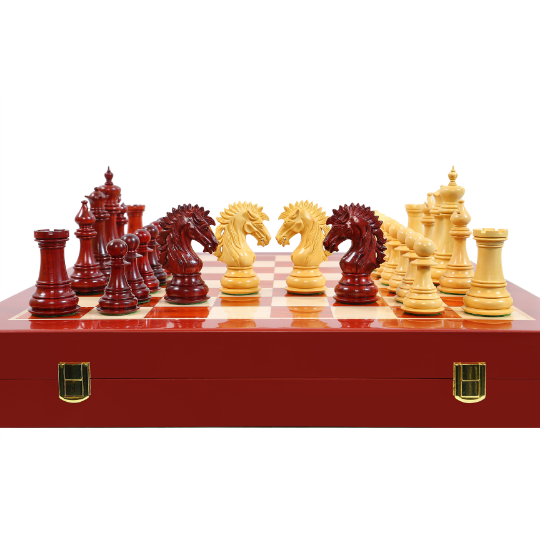
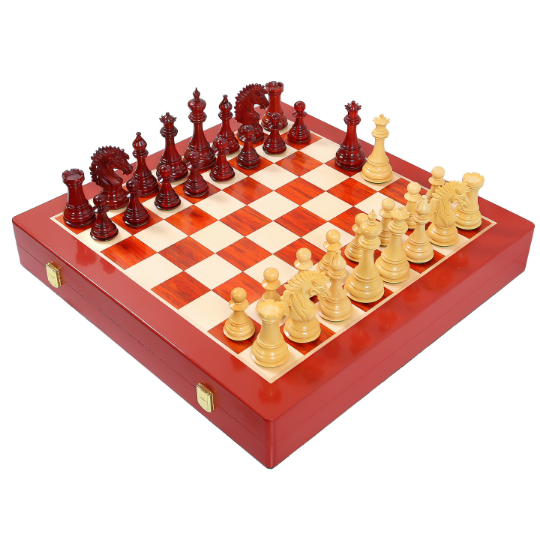
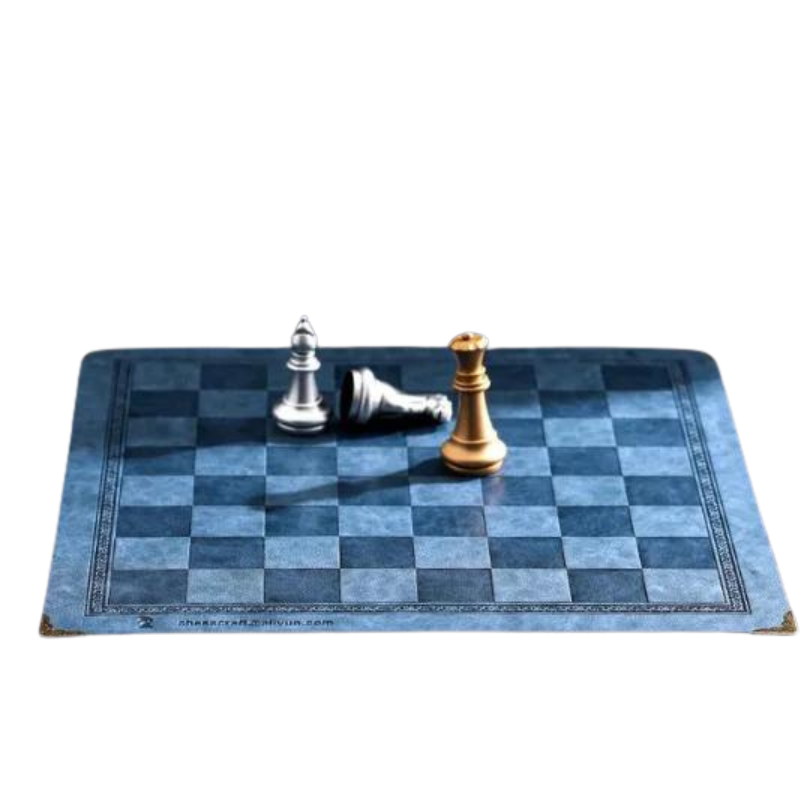
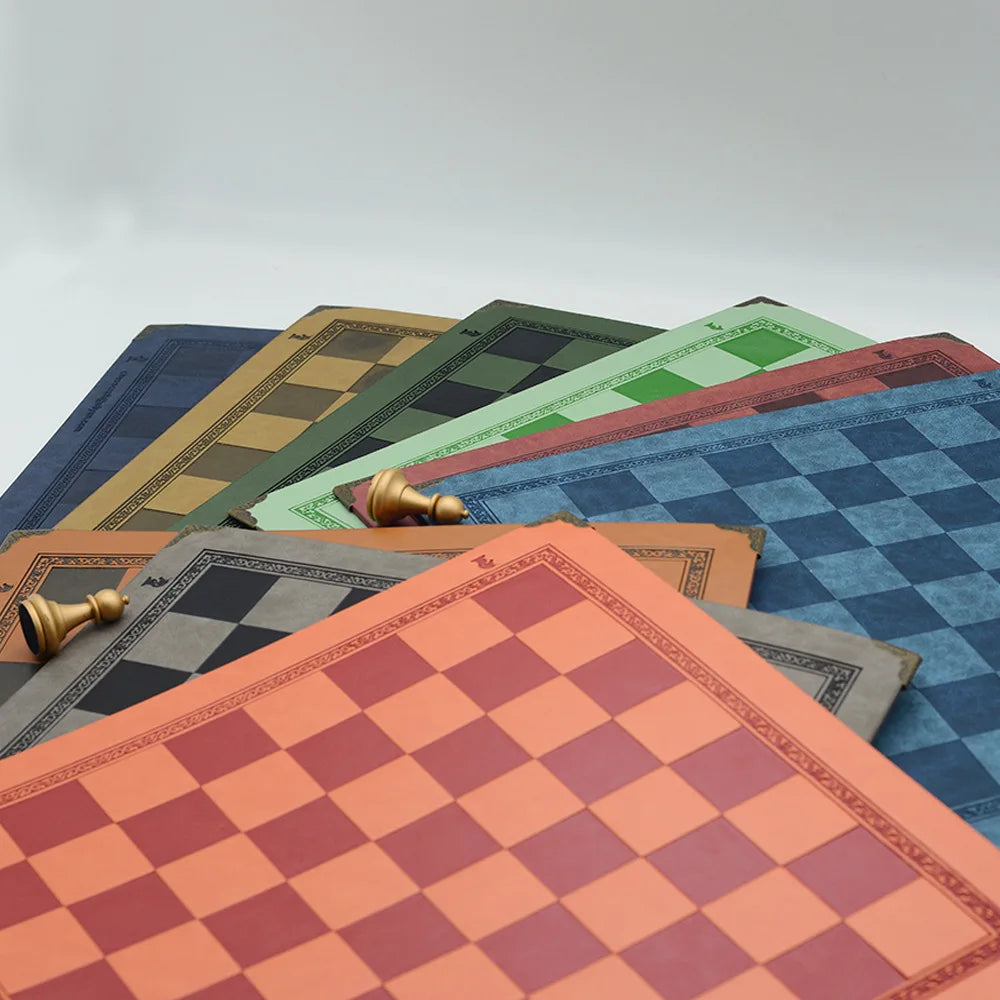
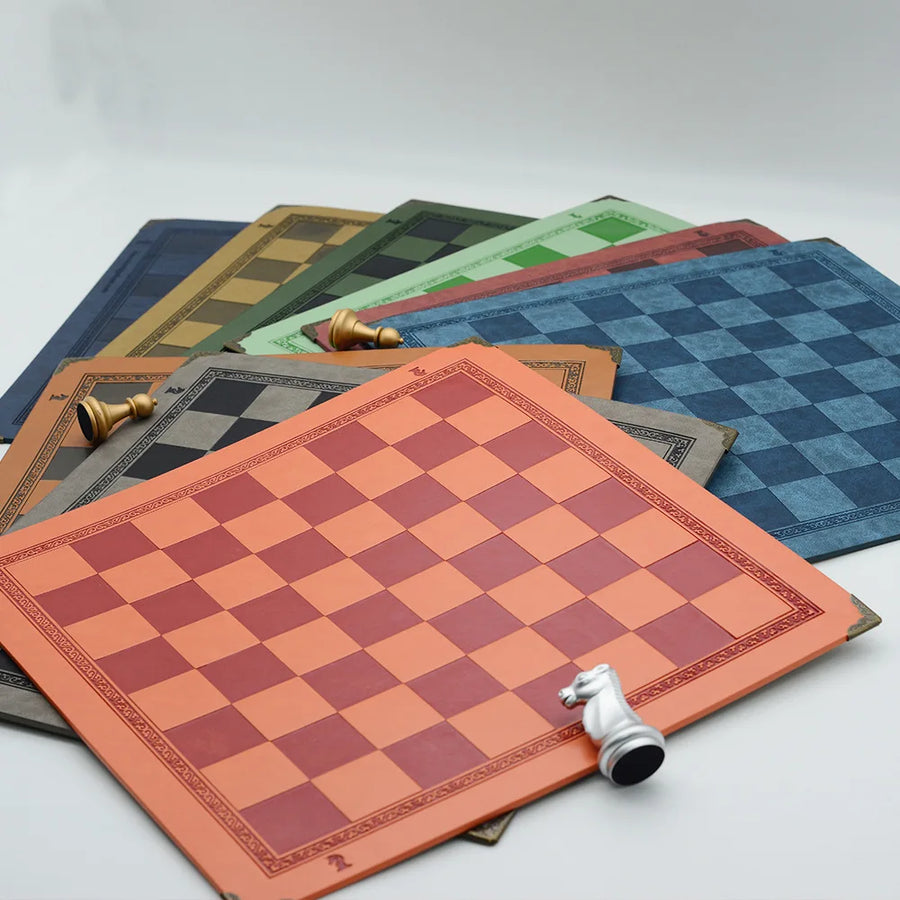
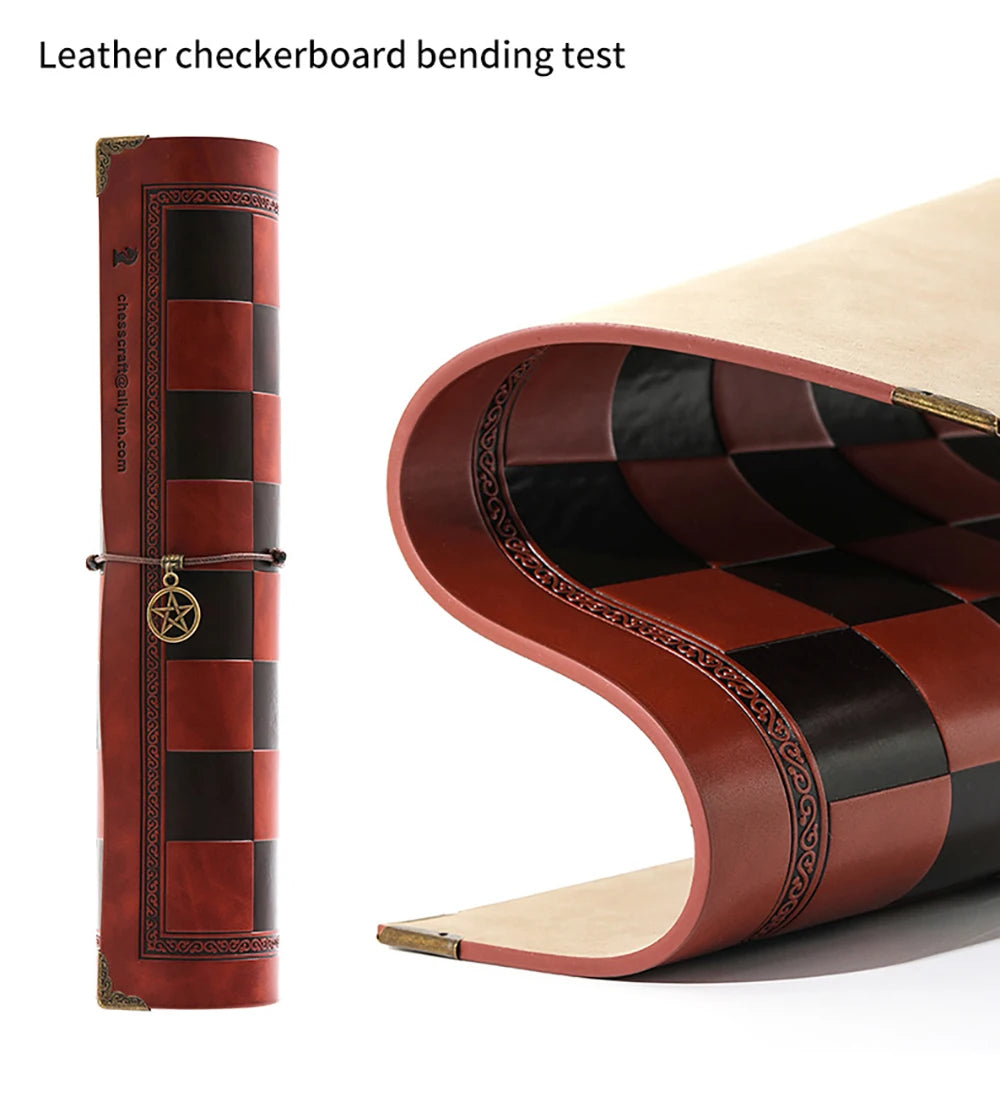
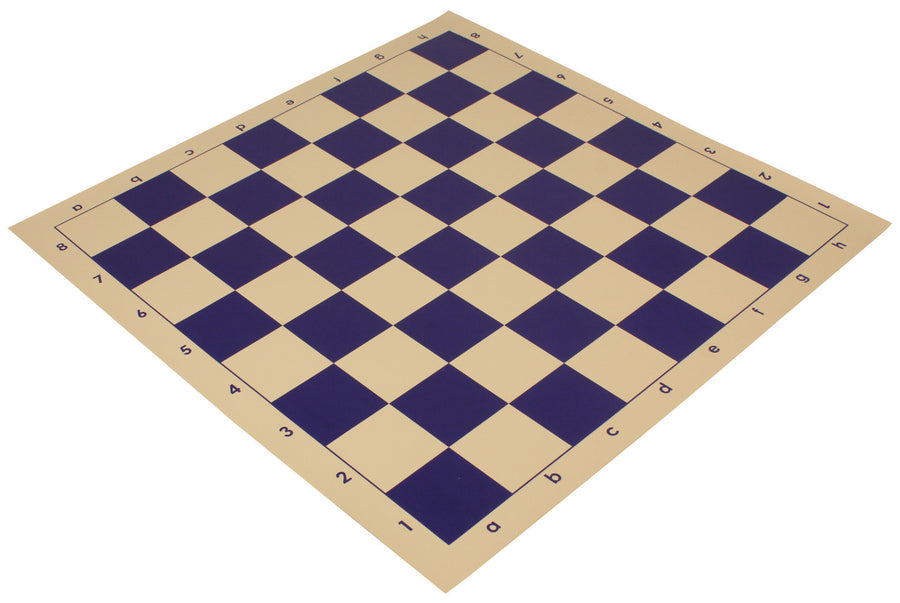
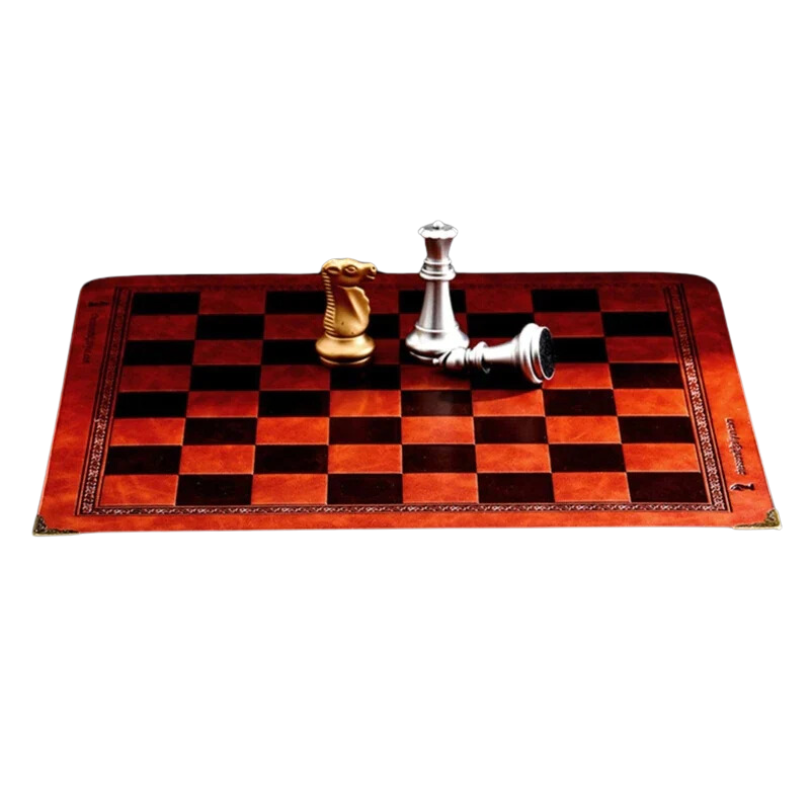
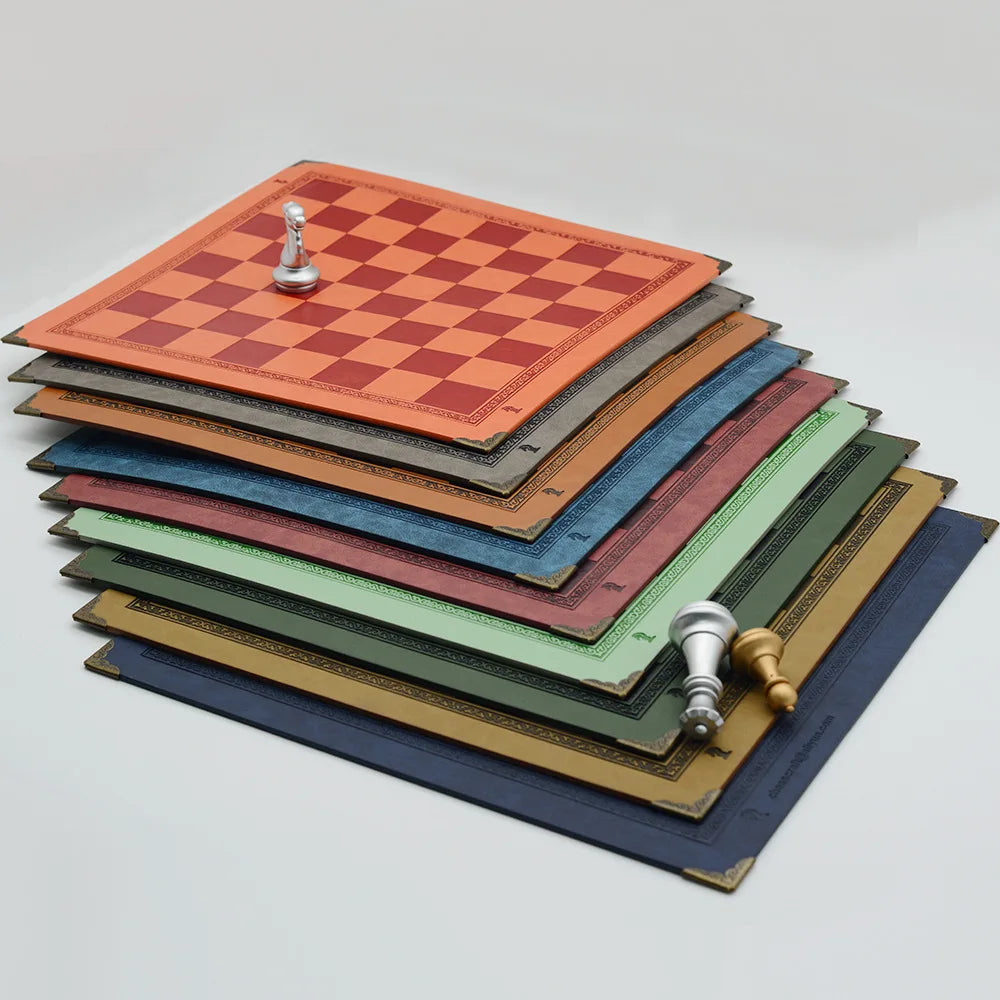
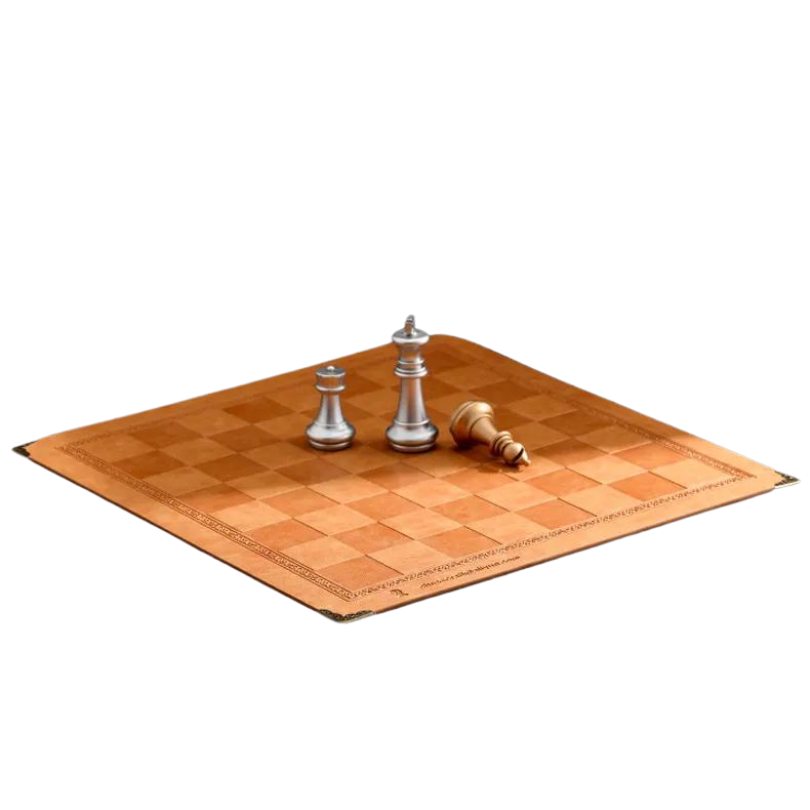
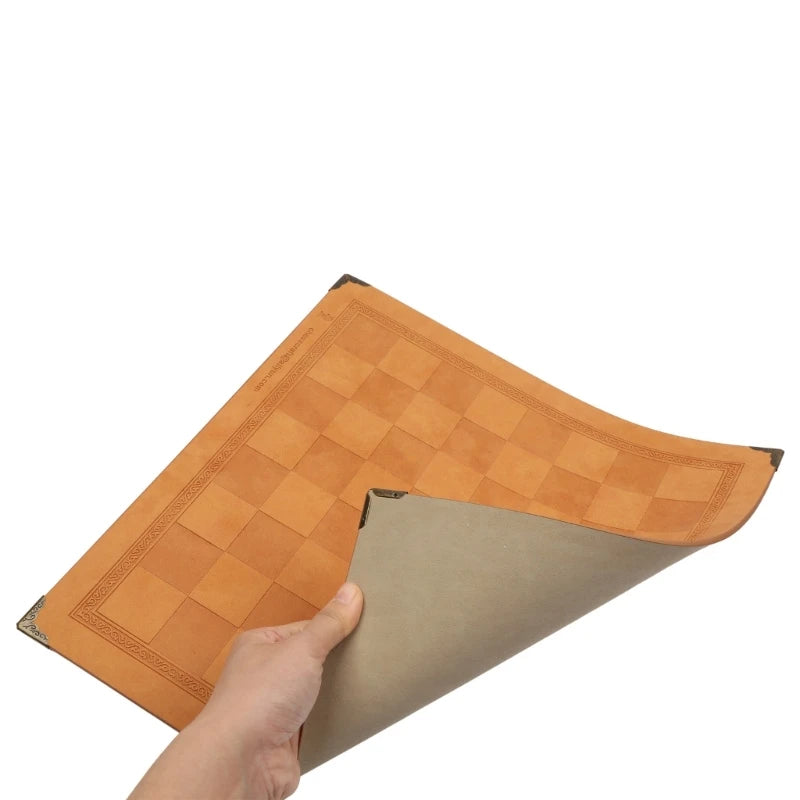
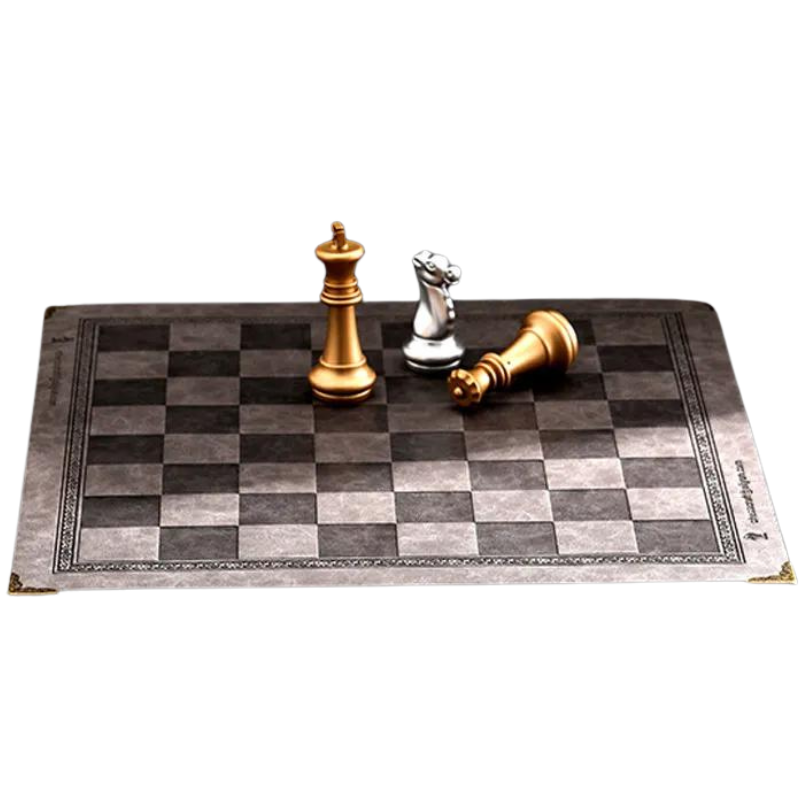
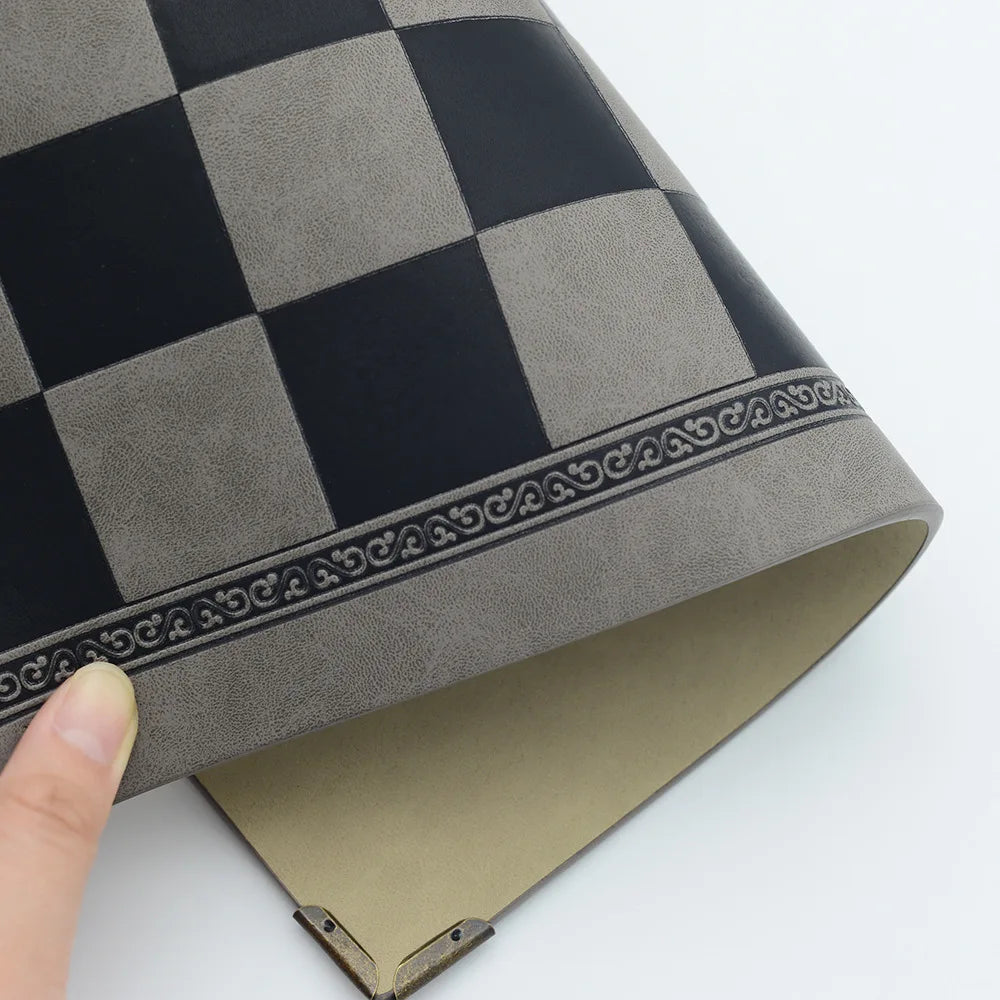








Leave a comment